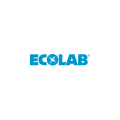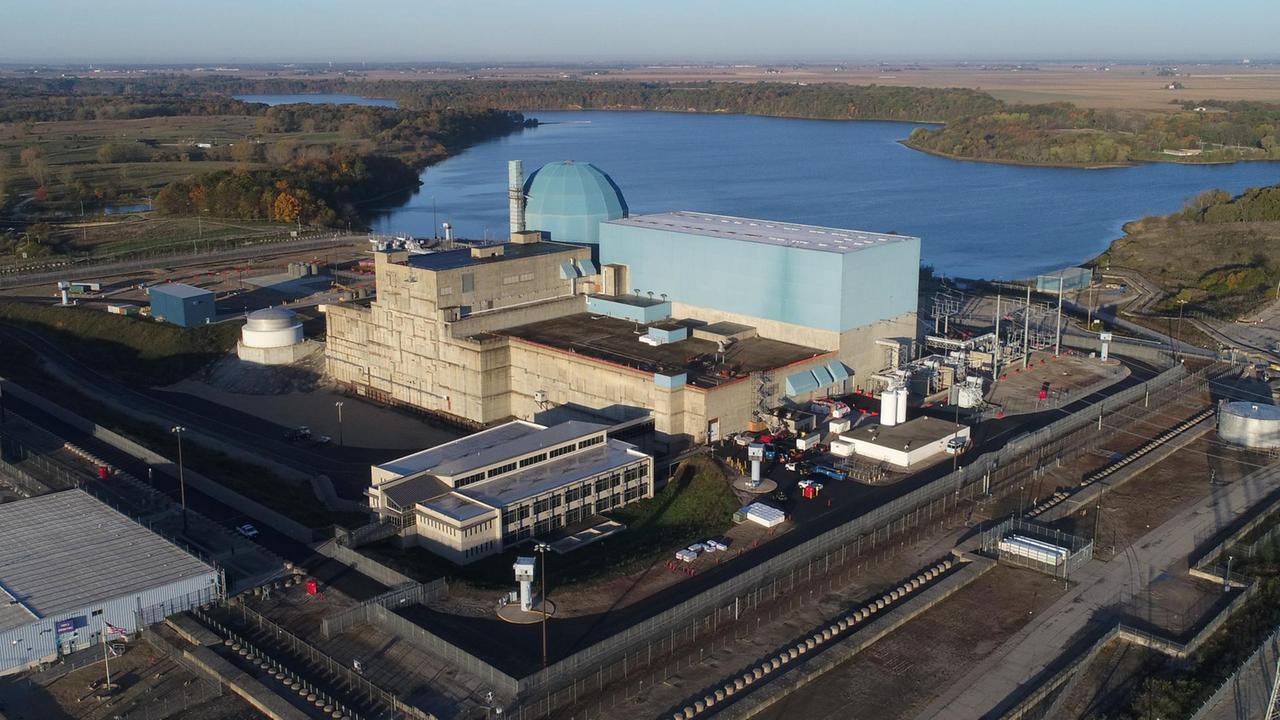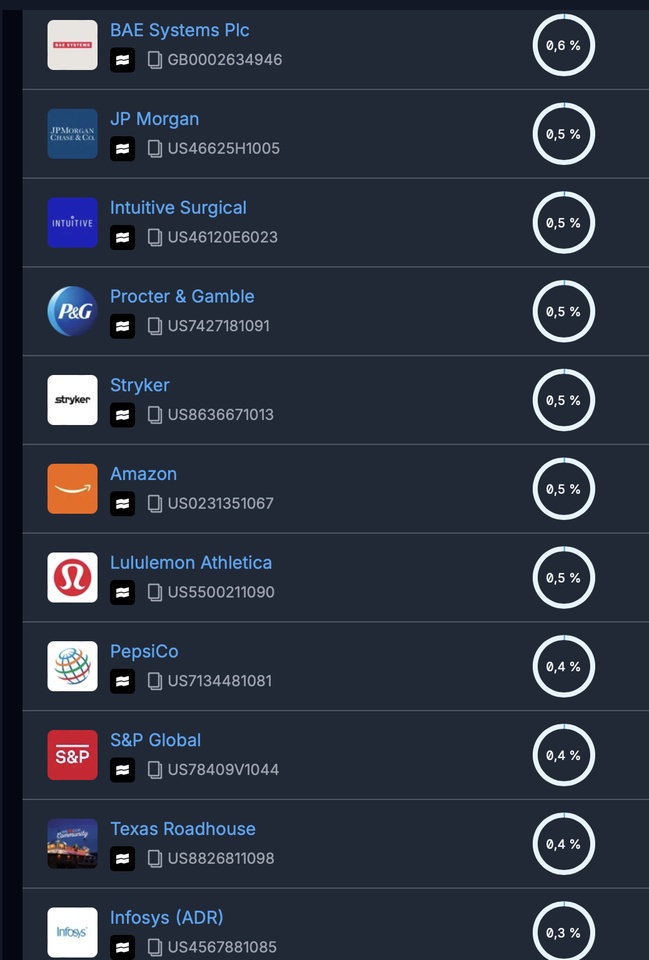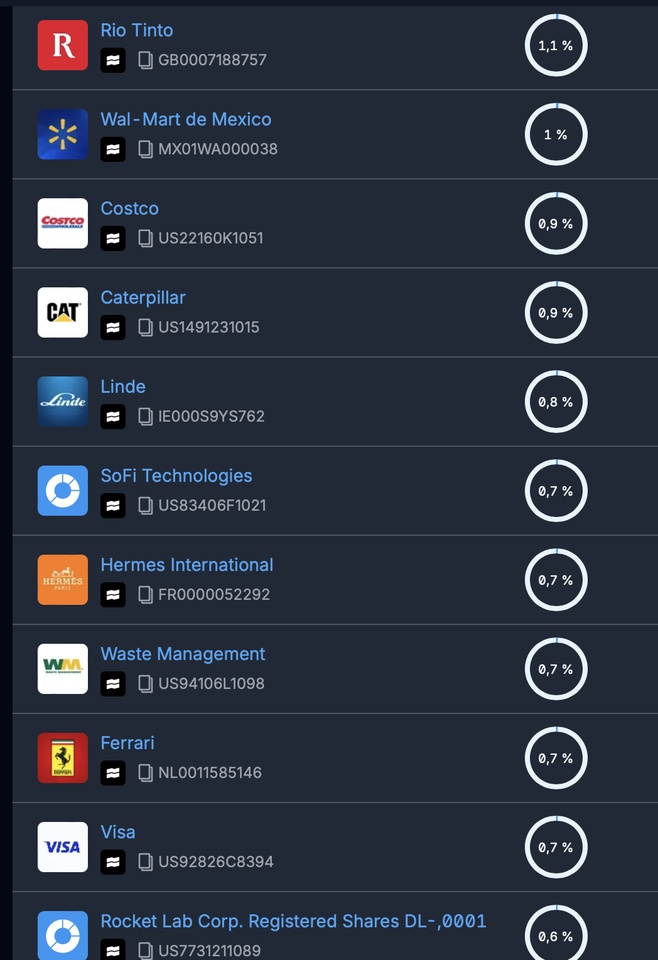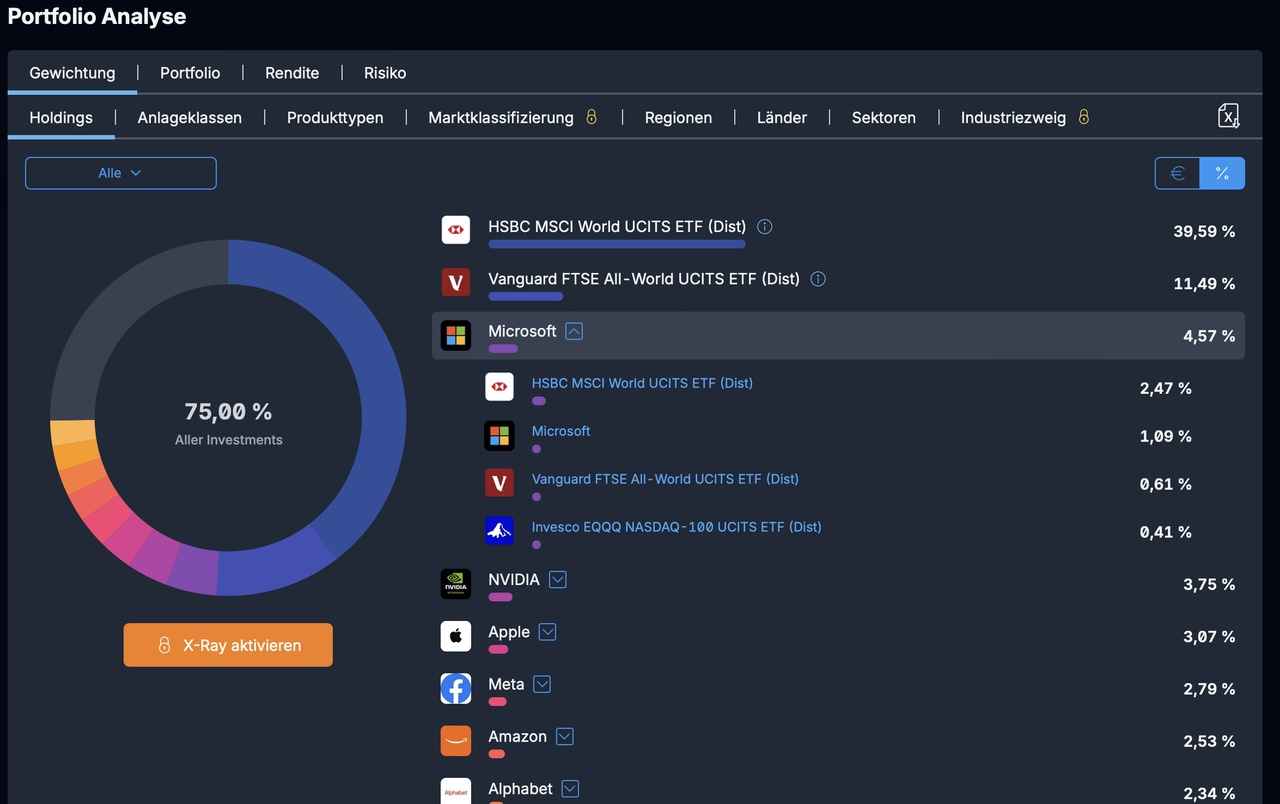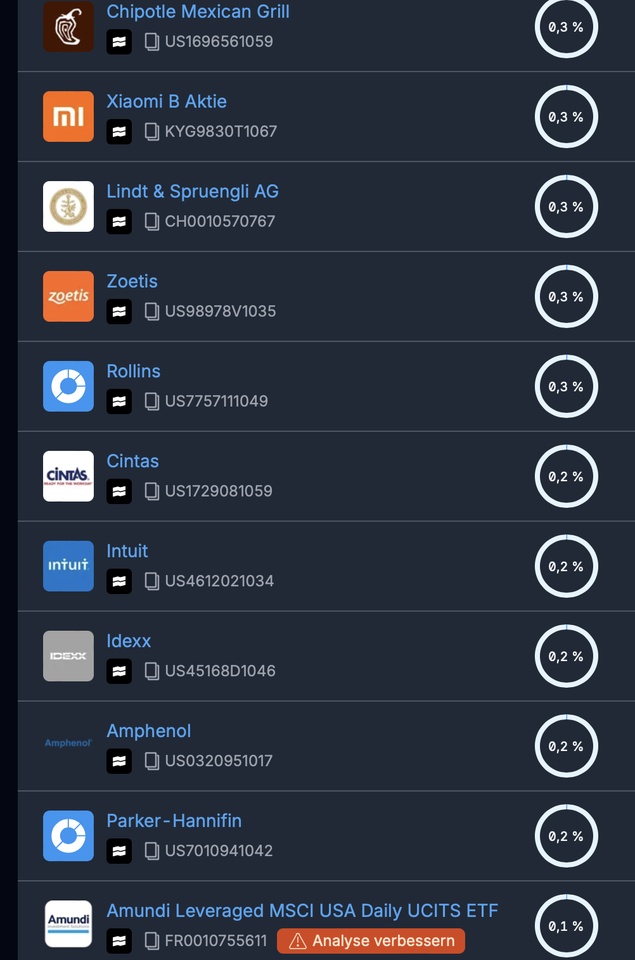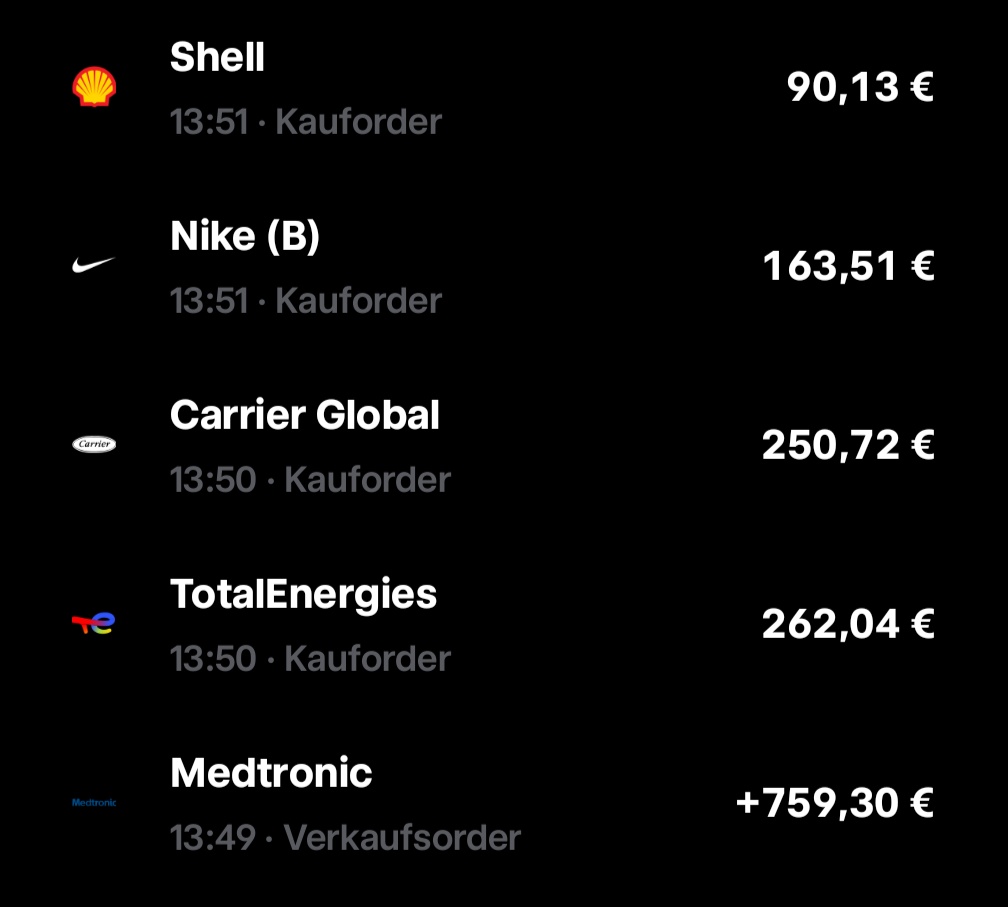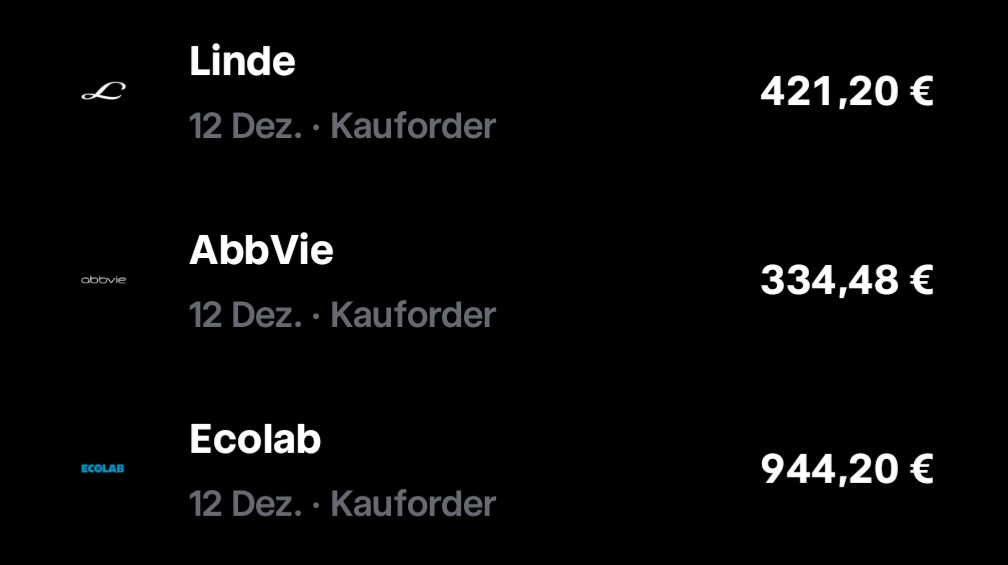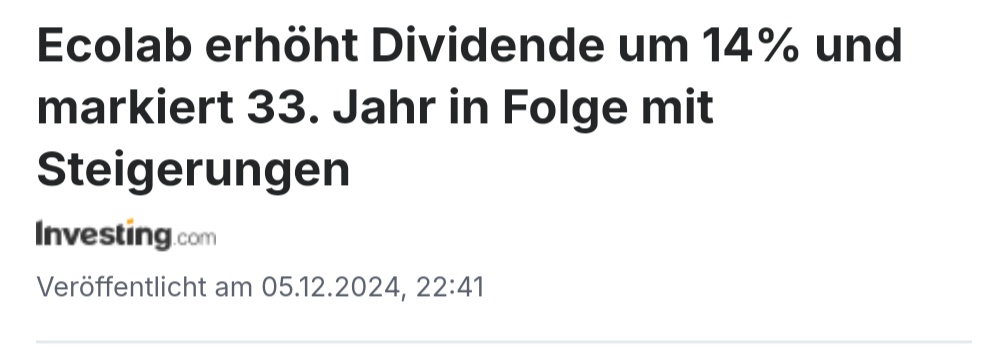Hello folks,
AI is not just a pipe dream, AI is a reality.
And the DeepSeek narrative from a year ago has also disappeared.
I hope you are well invested in the shovel manufacturers who are building the infrastructure for the big 7. And supply them with electricity.
Meta secures nuclear power for data centers
https://www.tagesschau.de/wirtschaft/energie/meta-atomstrom-100.html
Talen Energy - Power producer signs long-term contract with Amazon Web Services.
EQT becomes energy supplier of the next AI era - Pennsylvania relies on gas instead of wind or solar.
GE Vernova is supplying seven @Simpson Homer City with seven high-performance turbines, while Kiewit Power is responsible for construction. This infrastructure lays the foundation for Pennsylvania to serve as a reliable supply location for hyperscalers and AI providers.
HOCHTIEF subsidiary builds mega data center for Meta in the USA
data centers
NVIDIA Corp ('US67066G1040')
A dominant player: Hardly any AI data center runs without Nvidia
Talen Energy Corp ('US87422Q1094')
Talen Energy - Power producer signs long-term contract with Amazon Web Services.
Applied Digital Corp ('US0381692070')
Applied Digital: AI data centers as growth driver
Lumentum Holdings Inc ('US55024U1097')
Lumentum Holdings is a beneficiary of demand for data center infrastructure
Bitdeer Technologies Group ('KYG114481008')
Bitdeer grows rapidly: hashrate doubled, but losses still rise significantly
Astera Labs Inc ('US04626A1034')
Astera Labs goes from insider tip to profit rocket! The AI connectivity star conquers billion-dollar markets!
Infineon Technologies AG ('DE0006231004')
Infineon convinces with green technology in a difficult environment
technotrans SE ('DE000A0XYGA7')
Technotrans: Ice cold back on the road to success
Hochtief AG ('DE0006070006')
Hochtief - Infrastructure investments worth billions are growth drivers.
Flex Ltd ('SG9999000020')
Flex: Contract manufacturer with power - Data center boom drives share to new heights.
Oracle Corp ('US68389X1054')
DEPOT BRIEFING: Meta Platforms (META;i) to build giga data center. Investments in AI infrastructure remain high.
Primoris Services Corp ('US74164F1030')
DEPOT BRIEFING: Meta Platforms (META;i) to build giga data center. Investments in AI infrastructure remain high.
Vistra Energy Corp ('US92840M1027')
DEPOT BRIEFING: Meta Platforms (META;i) to build giga data center. Investments in AI infrastructure remain high.
EQT Corp ('US26884L1098')
EQT becomes energy provider of the next AI era - Pennsylvania turns to gas instead of wind or solar
Amazon.com Inc ('US0231351067')
Strategy on multiple fronts! Amazon cools GPUs, invests in Anthropic and fills shopping carts during Prime Days!
Seagate Technology Holdings PLC ('IE00BKVD2N49')
Seagate - Irish to significantly improve margins and sales again in H2 with new technology.
Ecolab Inc ('US2788651006')
With 3D TRASAR Technology against water waste: How Ecolab is making data centers smarter.
Applied Optoelectronics Inc ('US03823U1025')
Applied Optoelectronics reports production milestone and growth in the data center sector
Data centers as growth engine: IES Holdings continues to grow strongly and shines with increasing margins!
WHERE KI CALCULATES, VERTIV COOLS: LIQUID COOLING SYSTEMS FUEL RECORD RESULTS AND A FORECAST INCREASE FOR 2025!
ENERGY INFRASTRUCTURE PROVIDER EMCOR BENEFITS FROM US INFRASTRUCTURE PROGRAM AND DATA CENTER MAINTENANCE
COMFORT SYSTEMS BENEFITS FROM THE CONSTRUCTION OF NEW DATA CENTERS AND CHIP FACTORIES - EARNINGS RECORD IN THE SEASONALLY WEAKEST PERIOD!
In a small town in Louisiana, Mark Zuckerberg is having the largest artificial intelligence data center ever built for Meta on agricultural land. It is the size of 70 soccer pitches and cost 10 billion dollars.
Rayville is a town in north-eastern Louisiana in the USA that is experiencing a declining population. In the 2020 census, the population was 3347, down almost 21 percent from 4234 in 2000.
However, this is now likely to change. The state regulatory authorities approved a controversial plan to supply power to the largest artificial intelligence data center to date, which is being built by technology company Meta. This clears the way for the construction of three gas-fired power plants. This was reported by the portal "Nola".
The project is being built on a former agricultural area of around 70 soccer pitches. It is expected to cost around 10 billion dollars (approx. 8.6 billion euros). Meta CEO Mark Zuckerberg has announced plans to further expand the area so that it would be comparable to the size of Manhattan. The company is plunging headlong into the high-risk race for supremacy in the emerging AI sector.
"We chose Louisiana as the location for our largest data center to date for a variety of reasons, including excellent infrastructure connectivity, a strong labor base and a reliable power grid," said a Meta spokeswoman.
Criticism of Meta plans
However, the project in Richland Parish has met with criticism due to its enormous energy requirements, among other things. Davante Lewis was the only person to vote against the plan. He said the agreement leaves fundamental questions unanswered that are "too bitter to swallow", "Nola" quotes him as saying.
